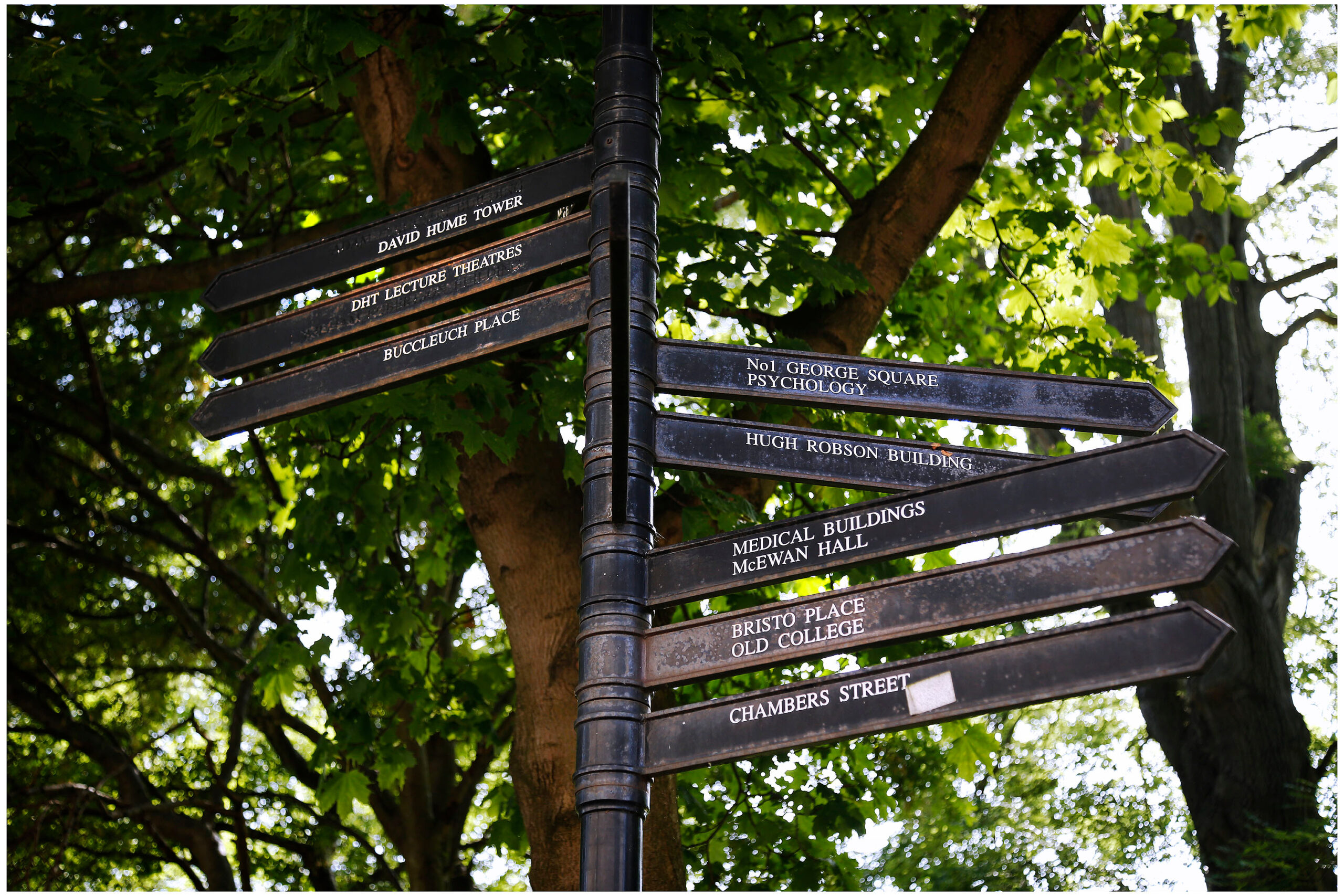
While disciplines will continue to underpin the foundations of our knowledge, the issue of interdisciplinary learning and teaching is becoming increasingly relevant for universities preparing students for a changing world. Nonetheless, in the UK, higher education largely remains structured on a conventional, disciplinary basis.
Described as ‘one of the more contentious curriculum issues’ (Blackmore and Kandiko, 2012, p. 77), universities may see interdisciplinarity as an opportunity or as a threat.
One the one hand, this turn towards interdisciplinarity might be seen as responding to demands for global citizens and future employees who have the skills to work in multi-professional teams and adopt holistic approaches to complex problems (both inside and outside of academia). The focus on employability accentuates the desire for agile learners who can utilise their graduate skills rather than simply accrue knowledge.
On the other hand, interdisciplinarity poses a range of challenges to the higher education sector. These include: the level of preparedness and skills of staff to undertake work outside of their area of disciplinary expertise; striking the balance between theory and practice (Strober 2011); exposing students to different disciplinary perspectives without disadvantaging them; the willingness of students to take modules outside the home department or familiar discipline (and risk possibly jeopardising their grades); and the challenge of assessing changed student perspectives as a result of interdisciplinary learning (Blackmore and Kandiko, 2012, pp.100-101).
The word ‘interdisciplinary’ denotes a spectrum of experience and there are several different approaches to introducing interdisciplinary provision into the university curriculum. ‘Integrative learning’ is often used as synonym for interdisciplinary learning but is, more accurately, an umbrella term for activities that bridge, for example, experiences inside and outside the classroom, theory and practice, and disciplines and fields. In this model, students may gain breadth of knowledge but explicit analysis of disciplinary perspectives and synthesis across disciplines are usually missing.
In contrast, truly interdisciplinary models restructure the curriculum with explicitly integrative activities that are typically theme-, problem-, or question-based and organised within a curriculum that has a spine of required core courses ensuring attention is paid to interdisciplinary theory, concepts and methods.
This variation results in a range of interdisciplinary learning experiences from a weak model of interdisciplinarity, where students simply choose from a menu of unrelated courses, to strong interdisciplinary programmes that stress the integration of knowledge. Too often, this former approach results in courses that are simply ‘pluridisciplinary’. Relying on students to be the sole agents of integration and expecting them to make sense of interdisciplinarity on their own will be too challenging for the majority.
Interdisciplinarity should not be seen as an end in itself: the pursuit of interdisciplinary learning and teaching requires clarity and must address specific, identifiable needs that are communicated clearly to staff but also to students, parents, employers and other stakeholders. Although the most obvious drivers for increasing interdisciplinarity may be instrumental (for example, perceived new income streams, improved graduate employability), the issue of interdisciplinary provision points to the heart of how universities are organised and the purpose of higher education. If institutions are to develop effective interdisciplinary learning and teaching, this requires a whole institution approach in order to overcome the many academic and administrative barriers that exist.
For those institutions seeking excellence in interdisciplinary education, advocacy, facilitation, celebration and reward will be key. This means that in promotion and other professional assessments, recognition must be clearly available for interdisciplinary activity relevant to education.
Institutions must further recognise that successful interdisciplinary education is resource intensive: the development of a coherent interdisciplinary course takes time, if it is not to take the form of mere aggregation of diverse individual’s inputs that forces students to do any integration. Skills development should be facilitated in academics taking on the challenge of effective interdisciplinary teaching. Various other forms of support may be required, ranging from institutional advocacy, to seed corn funding for course development, to administrative matters such as timetabling and credit-sharing across departments.
Pioneering academics should be facilitated to share their own learning about good practices within their own institutions and across the sector. For some universities, this will require a commitment to culture change if staff are to be adequately trained, supported and rewarded. Whether such pioneers remain provocateurs or pave the way for embedding interdisciplinary approaches to learning and teaching, it seems clear that students of the future will increasingly demand opportunities to learn in innovative ways.
References:
Next steps:
If you want to learn more you might be interested in these conferences:
Interdisciplinary Learning and Teaching: frameworks and practice
International Transdisciplinary Conference
Interdisciplinarity in Promotion Procedures Additional guidance



